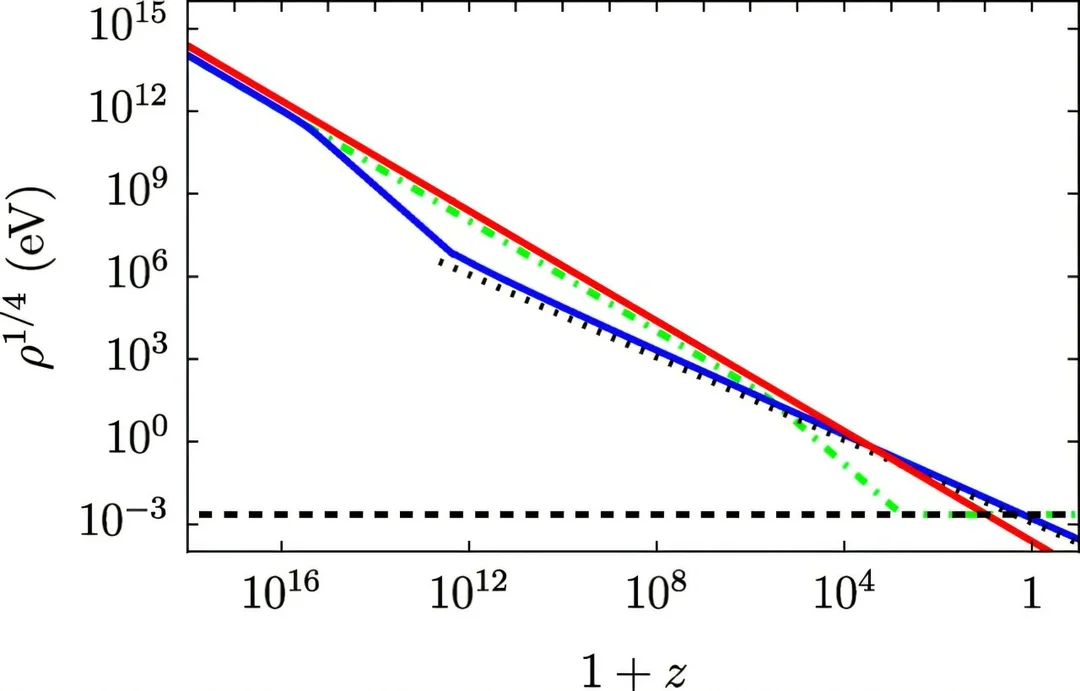
Dark Matter’s Dual Origins: Did it all begin with a ‘Dark Big Bang?’
The elusive nature of dark matter, which constitutes a significant portion of the universe's mass yet remains invisible, has puzzled scientists for nearly a century. Recent research proposes a groundbreaking theory: perhaps dark matter didn't originate with the conventional Big Bang, but from a separate “Dark Big Bang (DBB).” This could revolutionize our understanding of cosmic evolution.
For decades, astronomers have observed gravitational effects suggesting the existence of unseen matter. This dark matter influences galaxy formation and holds clusters together, making up an estimated 27% of the universe's energy. However, its exact composition remains unknown.
Traditional theories, such as Supersymmetry (SUSY), posited the existence of weakly interacting massive particles (WIMPs) as potential dark matter candidates. Despite extensive searches in colliders like the Large Hadron Collider (LHC) and underground detectors, WIMPs have remained elusive. The DAMA experiment's controversial signal, potentially linked to dark matter, couldn't be confirmed by others, pushing physicists to reconsider existing models.

In 2023, Katherine Freese and Martin Winkler proposed the Dark Big Bang theory. This suggests that dark matter emerged from a distinct event, creating a “shadow universe” with its unique origin story. This second Big Bang, occurring after the first, would have generated dark matter through the decay of a quantum field. The DBB model accommodates a broad range of dark matter particle masses and offers potential for observable traces, such as gravitational waves (GWs).
Recent refinements to the DBB theory, by Cosmin Ilie and Richard Casey, explore new parameter spaces for the dark sector's tunneling field. Their study aligns with cosmological observations and predicts GW signals detectable by pulsar timing arrays (PTAs), including the International Pulsar Timing Array (IPTA) and the Square Kilometer Array (SKA).
"Detecting gravitational waves generated by the Dark Big Bang could provide crucial evidence for this new theory of dark matter," Ilie stated. Such a detection would offer groundbreaking, direct evidence of dark matter's distinct origin.
Adding an intriguing layer, the 2023 detection of background GWs by the NANOGrav collaboration (part of IPTA) could potentially align with the DBB model's predictions, though the source of these waves remains uncertain.
Another theory suggests that dark matter formed when high-energy, massless particles collided, rapidly condensed, and gained significant mass in the early universe, similar to steam turning into water. Researchers from Dartmouth College believe these particles, now existing as extremely low-energy entities, would leave a unique imprint on the cosmic microwave background (CMB), offering a testable prediction.
"Dark matter started its life as near-massless relativistic particles, almost like light," explains Robert Caldwell, Dartmouth professor. This metamorphosis explains the vast deficit in energy density observed today compared to the early universe, while still accounting for the increased density of mass.
Beyond its implications for dark matter, the DBB theory challenges the traditional assumption that all matter originated from a single event, suggesting a more complex interplay of forces. Confirmation of the DBB model could reshape our understanding of cosmic evolution, from early galaxy formation to the large-scale structure of the universe.
The quest to understand dark matter continues to drive advancements in technology and theory. The DBB model, along with other theories, provides new avenues for exploration, pushing the boundaries of our knowledge. With advancing observational capabilities, the detection of GWs from a DBB becomes increasingly plausible.
What do you think? Could the "Dark Big Bang" theory be the key to finally understanding dark matter? Leave your thoughts and comments below!